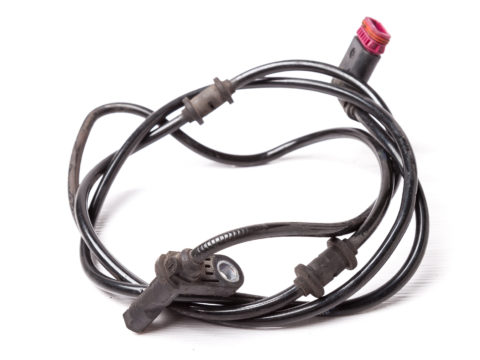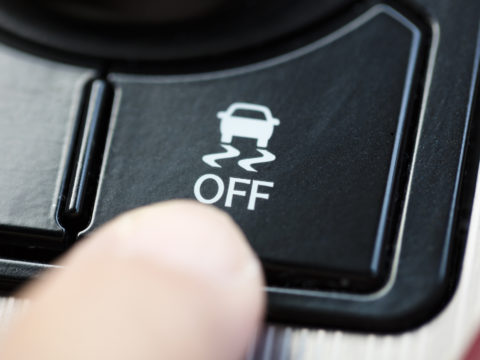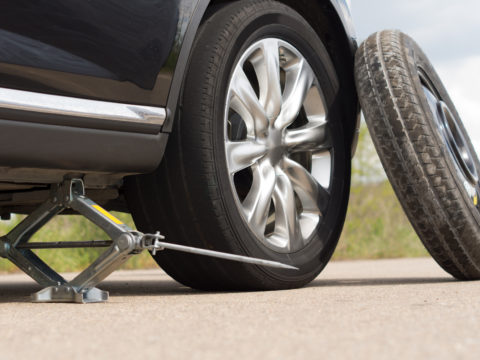Maintaining your vehicle can sometimes be a hassle and a bit of money. Nevertheless, tire alignment is necessary to not only confirm that you will be able to drive your car longer on your installed tires but lower the risk when you’re out for errands or on your way to work.
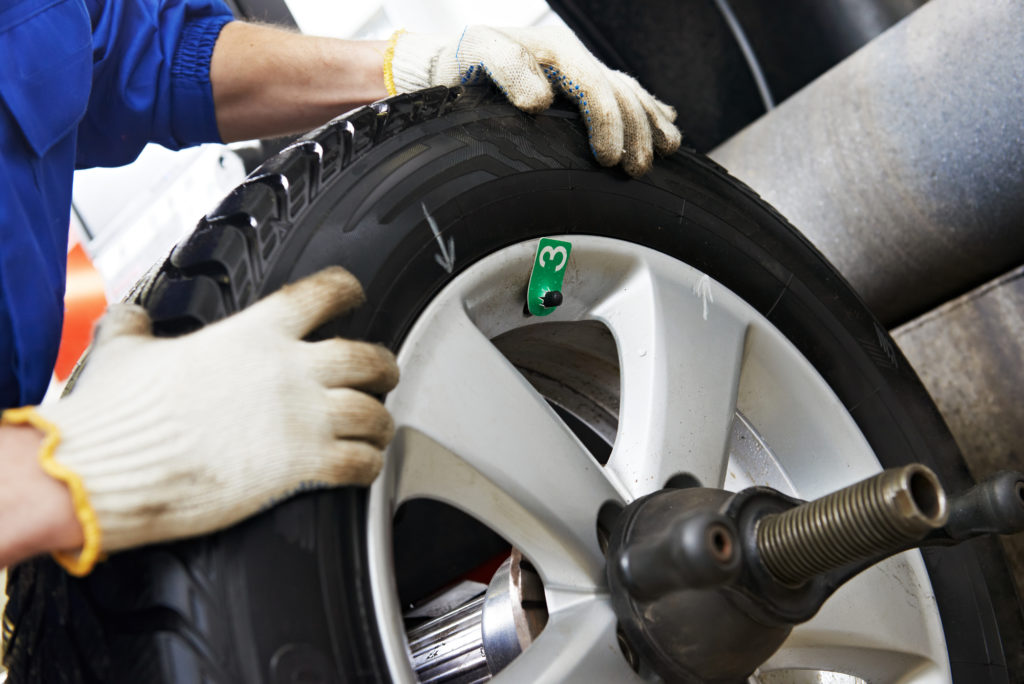
Wheel alignment takes an average of one hour to complete and can be done without making an appointment, but technicians recommend scheduling ahead of time.
Factors That Can Make the Alignment Take Longer
The below list are some of the factors that could make the alignment process longer:
- Limited staff
- Only having one alignment track
- Waiting in-line
- Older vs. newer tires
The majority of cars nowadays, such as small SUVs and vans, require four-wheel alignment. If they are built with immoveable rear axles, you can opt to have only the front wheels aligned. Regardless, the technician can check for any rear tire damage that could be worsening your car’s handling.
Contents
What Is Wheel Alignment For?
Wheel alignment helps your tires work better. Additionally, this process helps the wheels of your vehicle last longer while improving handling (or keeping your vehicle from pulling in one direction).
Wheel alignment is the adjustment of your car’s suspension, which connects the car to the wheels. This procedure does not adjust the wheels but properly aligns the angles of the tires and how they contact the road.
Tire balancing differs from alignment because it factors weight imbalances in the tire and is often used alongside alignment. There are two types of imbalances: single and dual planes, which look for vertical or vertical and lateral movement that causes vibration.
The tires need to be mounted on correct rims and are adjusted for the best inflation. The tire is tested on a balancing machine at high speeds to measure any imbalances. The results then accurately describe how much weight the technician needs to add to correct the imbalance.
Is Wheel Alignment Really Necessary?
Wheel alignment is necessary because, if untreated, the tires will wear in different spots and not last as long as they should. Feathering is an example of deterioration, occurring when the tread remains smooth on one side and defined on the other.
Camber wear can also happen when the inside or outside of the tire is more worn than the center. Finally, heel and toe wear is when one side of the tread wears down faster than the other, which can be a sign of under-inflation.
Wheel Alignment Procedure: How Is It Done?
The technician analyzes three things during the wheel alignment.
Firstly, camber (or angle of the tire, as mentioned previously) can be seen from the front side of the vehicle. Negative or positive camber signals improper alignment that needs to be fixed.
The toe alignment is how the tires turn in or out when seen from above. The tires can be centered inward (toe-in alignment) or outward (toe-out alignment). This issue needs to be addressed too.
The caster focuses on the steering axis angle when looked at from the vehicle’s side. If positive, the steering axis tilts towards the driver; if negative, it tilts towards the front of the car.
This video, Understanding Wheel Alignment, dives more into alignment in a visual, animated simulation if you need a better understanding.
5 Signs That You Need a Wheel Alignment
It’s advisable to check your tire alignment at least twice a year.
Or, you could check after every 5,000 to 6,000 miles when driving. Wheel alignment is essential and maximizes the lifespan and performance of your tires.
You can check the owner’s manual as well for more details and specifications. Take into consideration if you drive in harsh weather or on streets with potholes. Checking your alignment should be more frequent if your car is exposed to these conditions.
Be sure to look out for the below warning signs that will be present when your car requires an alignment. If you’re experiencing any of these, you should schedule an appointment with a technician as soon as possible.
- The tread on the tires is uneven
- Your car pulls to one side
- The steering wheel isn’t centered, even if you’re driving straight
- The car or steering wheel vibrates when you accelerate
- Your tires squeal
How Much Should a Wheel Alignment Cost?
Front-end alignment usually costs between $65-$100. This can be more, such as if any repairs are required, or depending on the brand. Some car care facilities offer lifetime alignment packages for about $200.
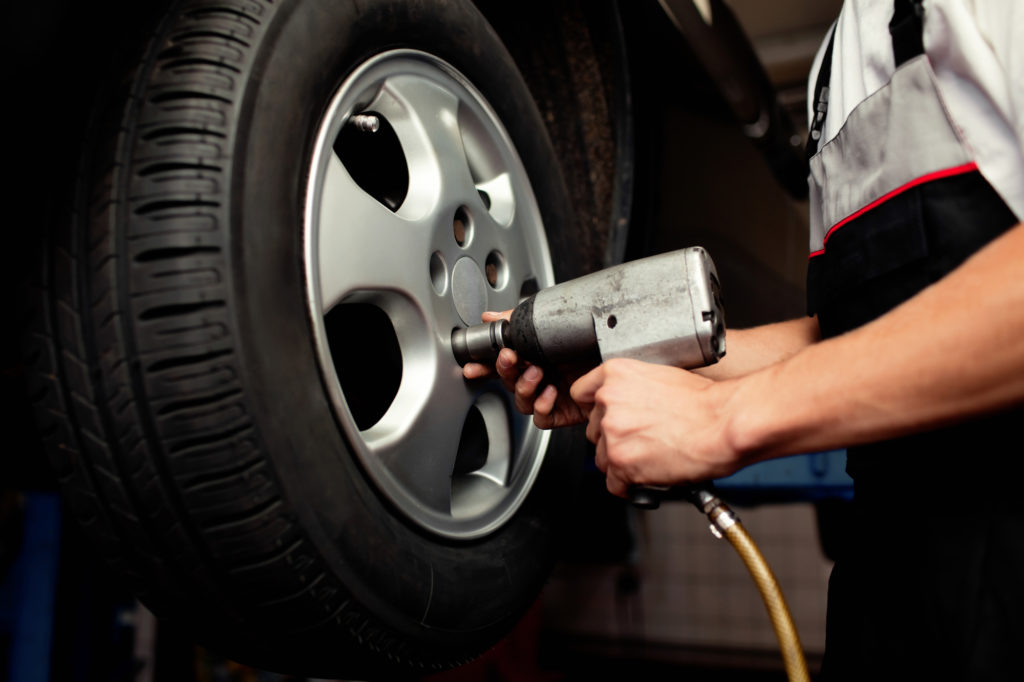
FAQ
Let’s review some of the other common questions people have about wheel alignment.
Can an alignment be done in 20 minutes?
Not usually; an alignment takes at least an hour, no matter if it’s two or four wheels. If there’s too much damage to the suspension or other parts, it may take longer because they need to be replaced.
Alignment can’t be done quickly and should be precise. You can’t skip through this procedure because it’s necessary for your car’s longevity in addition to your safety as the driver.
Can I do a wheel alignment myself?
Wheel alignment should be performed by professionals. However, you can check certain aspects of alignment yourself at home, without guidance, such as toe.
Can I drive with a bad wheel alignment?
You can drive with bad wheel alignment, but having misaligned wheels can damage your suspension over time. If your wheels aren’t properly angled, additional stress will remain on one side, causing it to wear out more quickly than its counterpart.
It’s more affordable to get an alignment done sooner rather than replacing your entire system later.
Do they take the wheels off in the repair shop during the alignment?
No, the wheels remain on the car during the inspection. Once the car is placed on the alignment rack, sensors are mounted and measure the current alignment settings.
How is wheel balancing different from wheel alignment? How long does wheel balancing take?
Wheel balancing is described above, yet here are the steps of the procedure compared to wheel alignment:
- The tire is removed from the vehicle and placed on a balancing machine
- The tire spins to identify where weight balance exists, and counterweights are determined
- Clip-on or adhesive counterweights to the wheel are applied and then reinstalled
Balancing four tires may take 45 minutes to two hours. Not having your tires balanced often could result in a bumpy ride, a decline in your shock absorbers and wheel bearings, and a decrease in fuel efficiency.
Even though these imbalances can be caused by something as simple as manufacturing or storage, it’s best to avoid them altogether by making balancing a regular part of your car care.
I have new wheels. Do I need to get alignment?
If you have new wheels on your car, it’s not necessary to get an alignment, but it is highly recommended. This procedure ensures that all tires are correctly angled.
Without it, you may experience noticeable symptoms and irregular tire wear earlier than usual. Furthermore, you will get more miles out of a new set of tires with alignment.
Final Thoughts
Be sure to consult a technician if you’re seeing the signs that your tires need this procedure, and hopefully, this article has provided you with answers to your questions, so you have a better understanding of the wheel alignment process.

